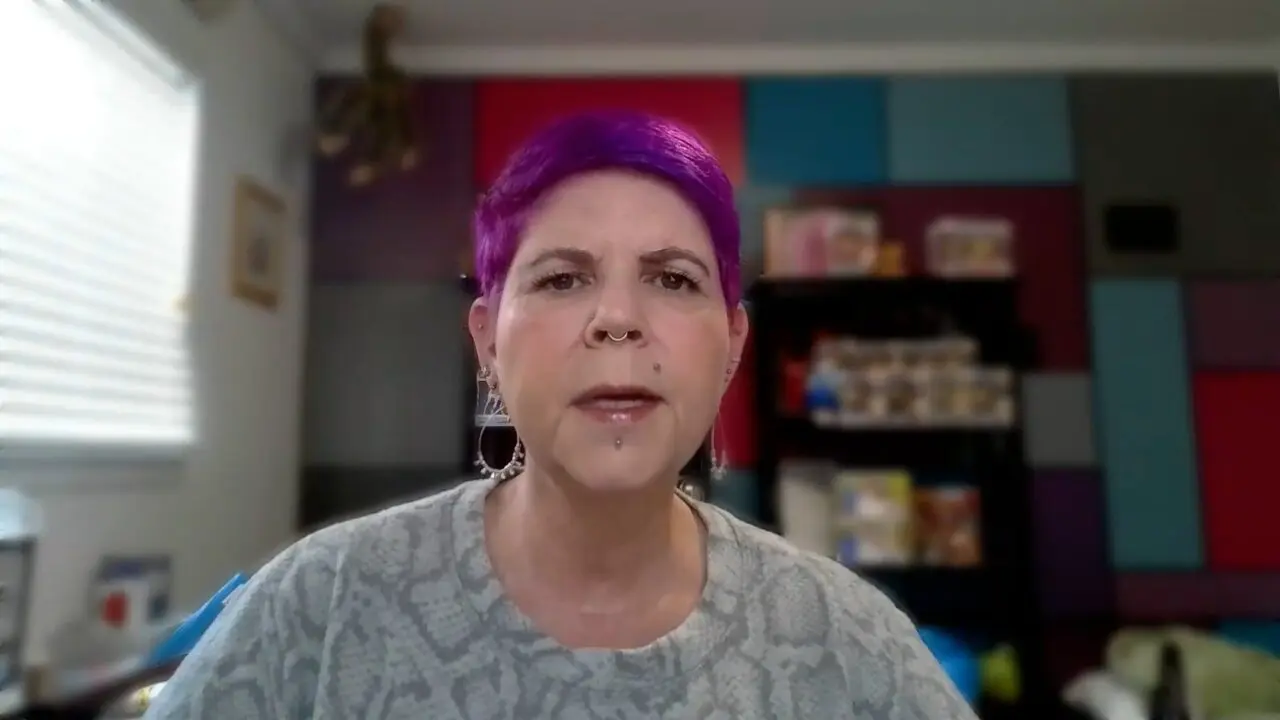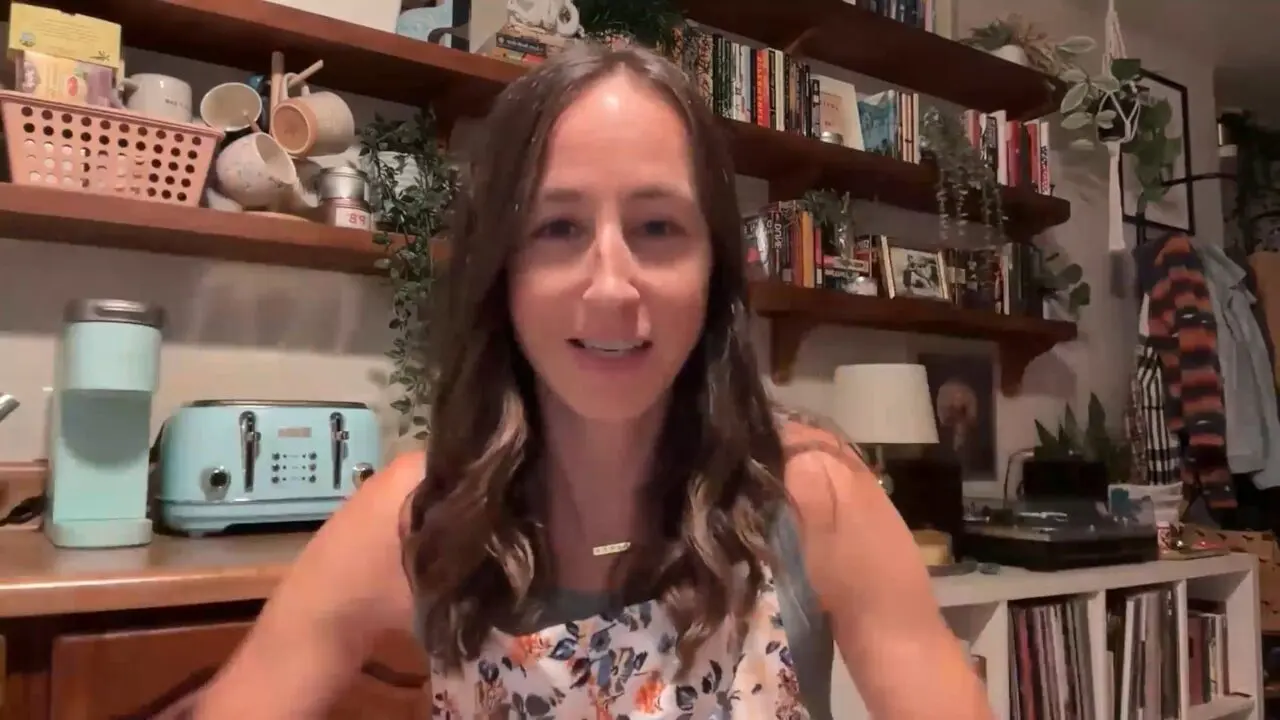Self‑Soothing
Self–soothing is doing things that relax you, comfort you, or feel good through your senses.
Stories

When I'm in crisis ‑ I turn to my Distress Tolerance Kit [for self soothing]. Even if I'm too overwhelmed to think, opening it reminds me of ways to calm down.

Almost every day, right before I get out of the shower, I try to comfort myself.

Fighting or arguing with our families...can bring up a lot of things from the past that have nothing to do with the actual topic at hand.

Like, what do you mean I need to pause in the middle of this massive to‑do list and, like smell something? I don't have time for that.
Community Tips
Combine senses! Like, rather than just listening to top 40 music, I’ll also put on my comfy pajamas and light incense and order my favorite Thai takeout for dinner.
I’m autistic and I used to try to hide my stims, but now I always let myself stim because it helps me feel better. I hum, stare at spinning fans, play with slime, rub the seam of my shirt, shake my head, rub my palms, lots of things.
I used to be in the go‑go‑go mode, thinking I didn't have any time to take care of myself and self‑soothe. But then, when I turned 20, I had a nervous breakdown. Now, every time I want to fall back into that go‑go‑go mode, I remember that because I didn't care for myself I ended up with those problems.
I look at this skill as a way of respecting myself and accepting that I am a human and need to take care of myself even if it is with simple act of having a cup of tea.
When I started practicing this skill, at first, I was feeling a lot of shame and guilt that I was wasting my time or that I didn't deserve to take care of myself. But I did my best to remind myself that as much as I need to take care of my family, I also need to take care of myself.
To be honest, it was really hard at the beginning to practice this skill and not have my shame come up about focusing on myself. But, keeping at it, over time I was able to manage that shame.
Why Use this Skill
Self-soothing through your senses can help you de-stress, cope with painful emotions, and treat yourself with kindness. Many people think that just pushing through is the best way to get through tough times, and that self-criticism is the best way to improve yourself. But, research shows that self-compassion is way more effective, and self-soothing is a great way to practice self-compassion.
When to Use This Skill
Use self-soothing when:
- You’re struggling with painful emotions or difficult life situations.
- You want to practice mindfulness, self-care, rest, or embodiment.
- You’re feeling self-critical or ashamed.
Overview Video
How to Use This Skill
To self-soothe, do anything that feels good in your senses.
Ask yourself: what kinds of physical sensations give me pleasure? What feels nurturing, relaxing, or comforting to me?
Consider all sense experiences…
- Sight: look at pretty art, watch the sunset, go through old photos of loved ones, etc.
- Hearing: listen to your favorite music, put on ASMR, use sound machines or ear plugs, sit by running water, etc.
- Taste: eat your favorite foods, drink your favorite drinks, suck on candy, etc.
- Smell: light scented candles or incense, put on scented lotion, smell fresh flowers, etc.
- Touch: wear soft clothing, wrap yourself in a fuzzy blanket, pet your cat/dog/stuffed animal, etc.
- Pressure: use a weighted blanket, massage your temples or feet, give your loved one a tight hug, etc.
- Movement and balance: use a fidget spinner, dance, stretch, chew gum, go for a walk, sway or rock your body, hang upside down off your bed, etc.
- Temperature: put a cold or warm compress on your forehead, drink cold or warm lemon water, take a cool or warm shower, etc.
You can practice self-soothing when you’re upset—it may help you feel better. (If you’re really stressed, you may need to first use a skill designed to help with more intense emotions, like cold water.)
You also can practice self-soothing at any time, as a way to practice self-care.
Resources
Sensory Soothers Checklist
Blog post with long list of potential sensory soothers, by Dr. Megan Anna Neff
Sensory Self‑Assessment
Free resource for exploring your personal sense experiences, from Dr. Kiki Fehling
Importance of Sensory Health
Brief video describing how your senses can impact your overall health, by @dbtkiki on Instagram
Be Nice to Yourself in Times of Crisis
Video describing Self‑Soothing, by DBT‑RU YouTube channel
About the Senses
Website with information about 8 prominent body senses — yes, there are more than 5 senses!